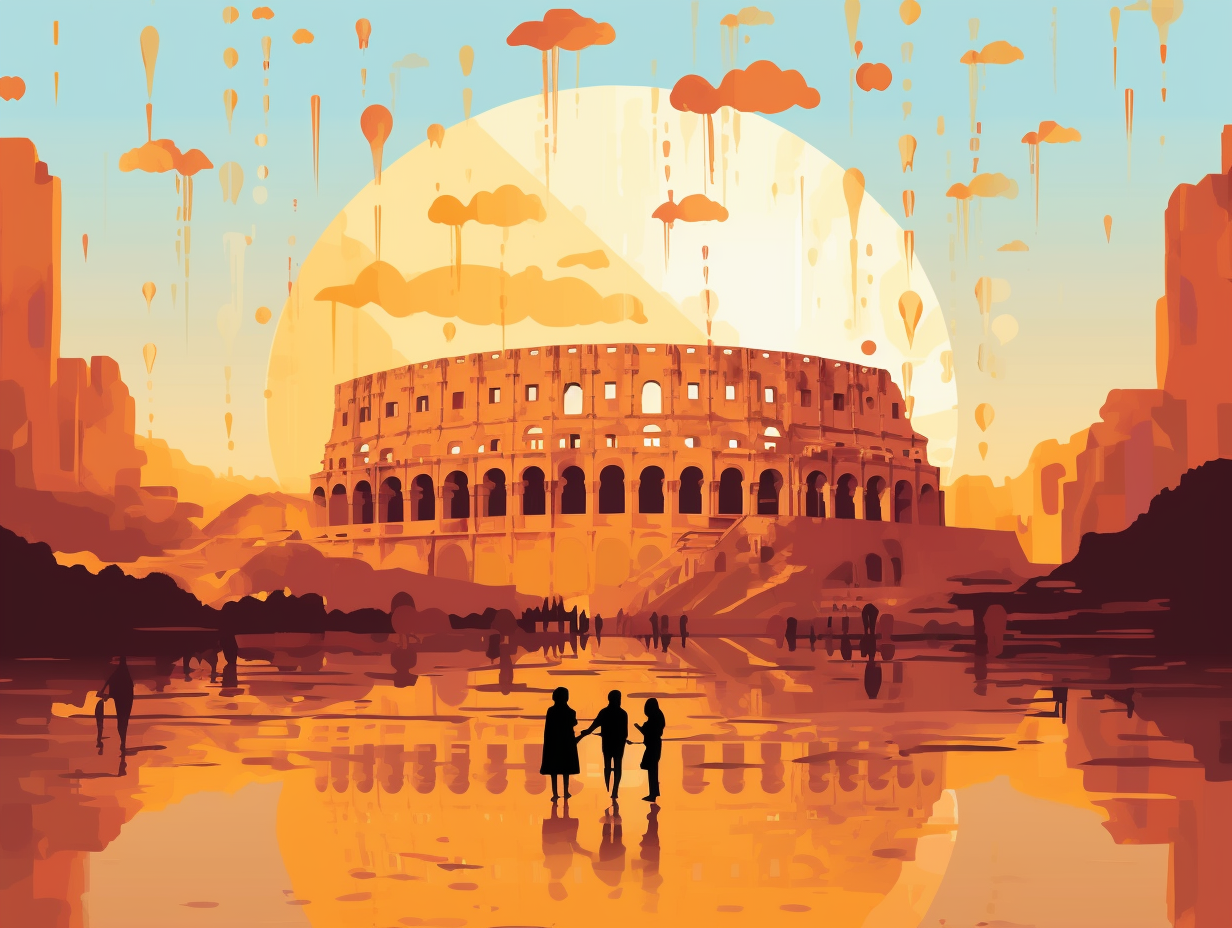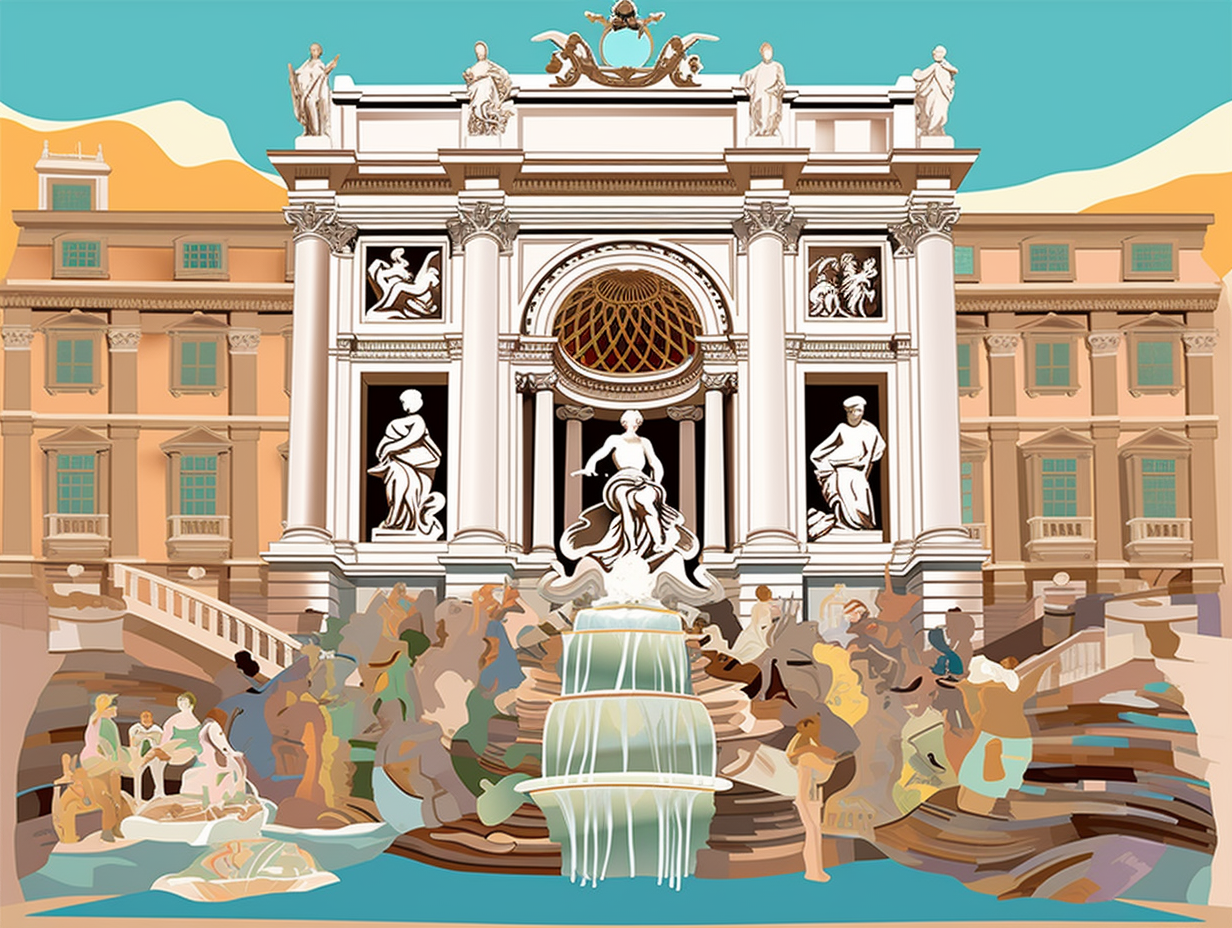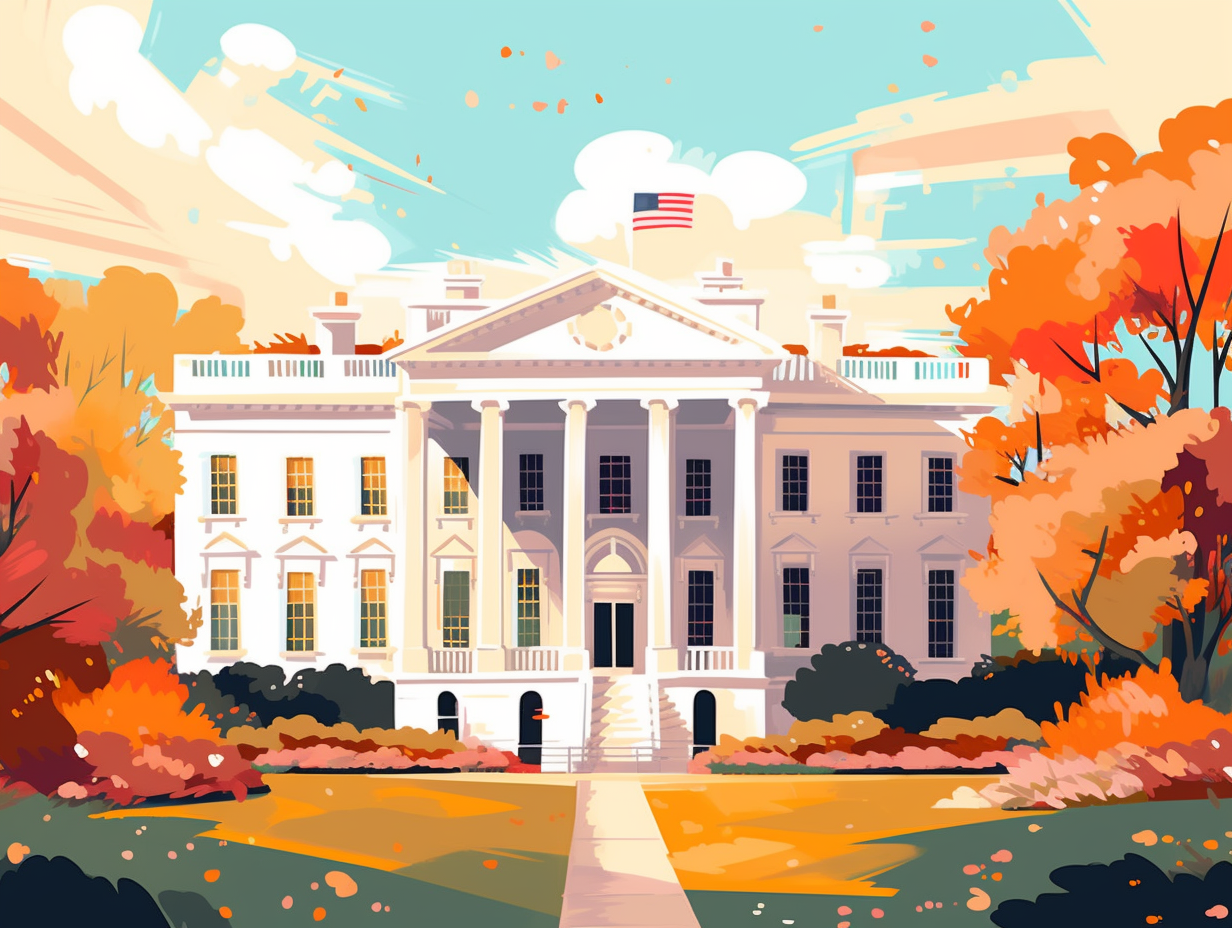Discover the Secrets: Top 12 Fun Facts About the Louvre Pyramid in Paris
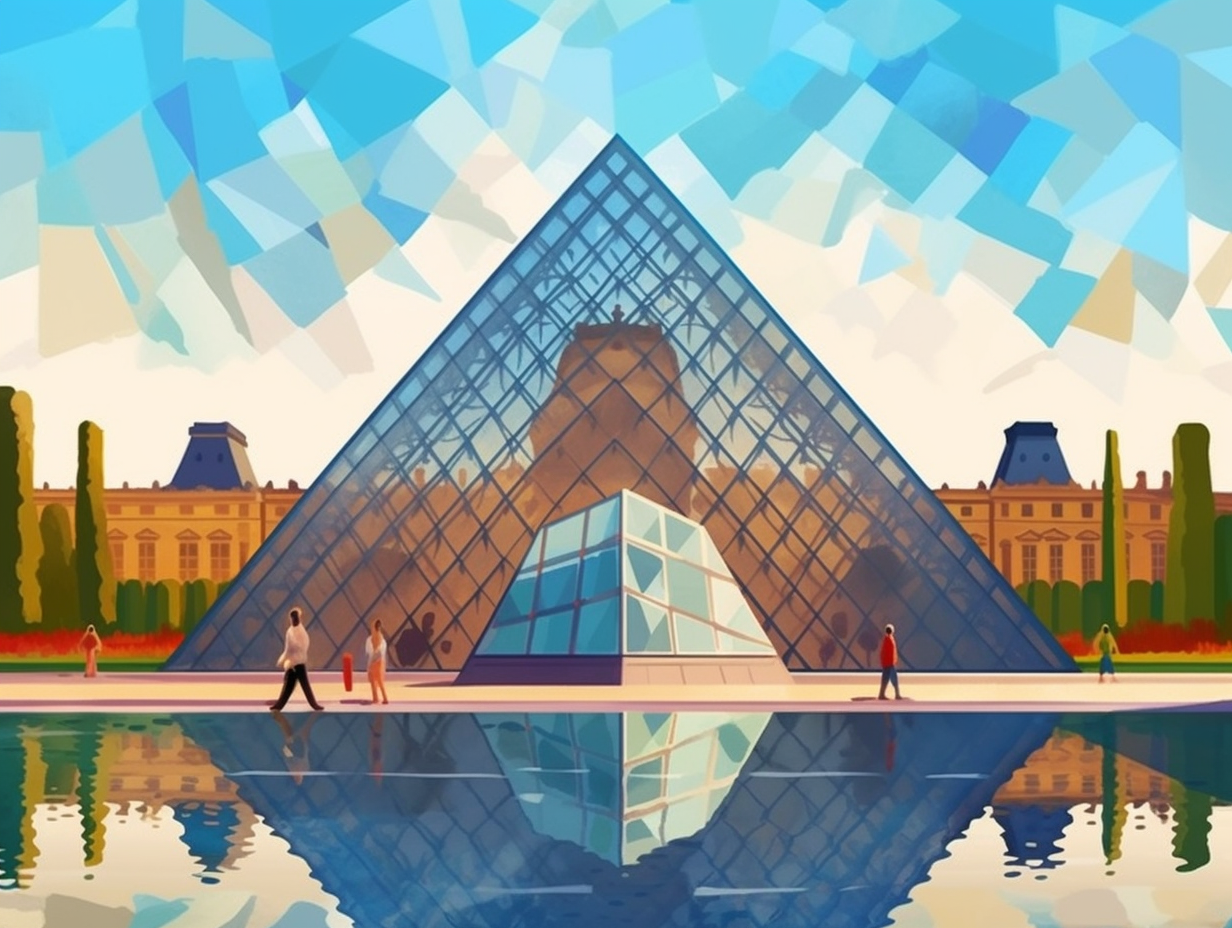
1. The Leo DiCaprio of Parisian landmarks
Loved by millions, scratched by some, and rumored to have been built with a secret count of mysterious glass panes: the Louvre Pyramid is the Leo DiCaprio of Parisian landmarks – thriving against all controversies and relentless in its charm. No door was too small for I. M. Pei's imagination, who, in 1989, erected the breathtaking, 70.5-foot-high structure of modernity and sophistication, comprising a total of 603 rhombus-shaped and 70 triangular glass segments, transforming the Louvre's entrance into a symbol of France's melding of heritage and innovation.
Source => nytimes.com
2. No UFOs, just delightful geometry
While aliens may have thrown their hats into the ring when designing the Louvre Pyramid, they ultimately went with a more earthly design: it consists of 673 glass pieces, including 603 rhombi and 70 triangles, creating a delightful geometrical wonder rather than a UFO landing pad.
Source => thebettervacation.com

Did you know the Eiffel Tower is quite the fashionista? Discover its colorful history and unique gradient design that keeps it looking chic every seven years. 🎨🗼
=> Fun Facts about The-Eiffel-Tower
3. The big-daddy pyramid and its little sidekicks
As Mona Lisa might say, "You've got to be kidding me!" with a raised eyebrow: the Louvre Pyramid isn't just one grand structure but actually a family of four, boasting a big-daddy pyramid and three little pyramid sidekicks in the Cour Napoléon courtyard, all imagined by I.M. Pei and built in 1989 with 603 rhombus-shaped and 70 triangular glass segments, and a fabulous thousand square meter footprint.
Source => getty.edu
4. Debunking the devilish number myth
In an unexpected twist fit for a Dan Brown novel, the Louvre Pyramid managed to dispel nefarious myths about its ties to the devilishly mysterious number 666: In reality, this iconic Parisian landmark designed by I.M. Pei has a total of 673 glass panes, debunking the alleged satanic connection. And while it stands firm as the entrance to the Louvre, no one can confirm if it can support the weight of high-heeled art enthusiasts!
Source => onelifetours.ca
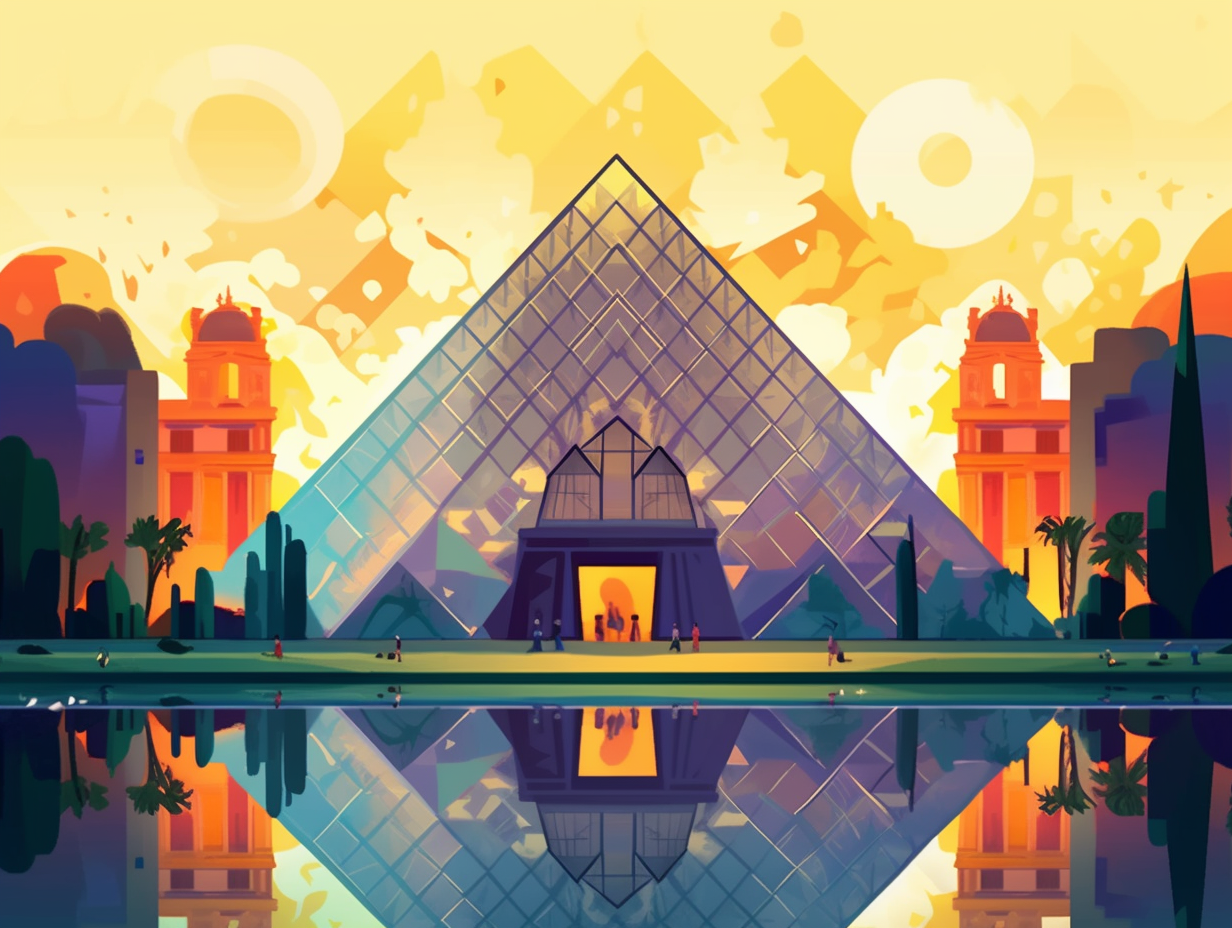
5. Rising like a phoenix from the French soil
Once upon a time in a land of glass, a crystal palace rose like a phoenix from the French soil, guarding its royal treasures from Medusa's gaze and welcoming the curious souls to its majestic court: Behold the Louvre Pyramid, a 21.6-meter-tall masterpiece designed by I.M. Pei in 1989, composed of 603 rhombus-shaped and 70 triangular glass panels, gracefully harmonizing with the surrounding structures, and housing over 35,000 works of art, including our beloved Mona Lisa.
Source => sightseekersdelight.com
6. The Louvre pyramid's lesser-known twin
Pyramids, like siblings, often come in pairs: Enter the lesser-known fraternal twin of the Louvre pyramid, the inverted pyramid! Nestled near the underground entrance and parking lot, this smaller, yet equally impressive sibling was completed four years after its more famous counterpart and provides a delightful surprise for those who stumble upon its intriguing structure.
Source => facadesconfidential.blogspot.com
7. No satanic schemes here
Hold on to your Holy Grails, conspiracy theorists: the Louvre Pyramid isn't a satanic scheme after all! In reality, the infamous glass structure boasts 673 panes – not the devilish 666. Specifically, it's made up of a divine mix of 603 rhombus-shaped and 70 triangular glass segments, as confirmed by the Louvre itself. The hellish miscount began with a brochure published during construction, but don't worry, even the great Architect Pei didn't strike a deal with the underworld.
Source => en.wikipedia.org
8. A superhero-worthy glass structure
If you've ever wondered if the Louvre Pyramid's glass is as crystal clear as the Invisible Woman's wardrobe, then wonder no more: The Pyramid's 21.5-millimeter thick Diamond Glass, expertly created by Saint-Gobain, contains 675 lozenge-shaped and 118 triangle-shaped segments and rests on 6,000 metal bars, ensuring utmost transparency and sturdiness (without the need for superhero powers).
Source => science.howstuffworks.com
9. The Pyramid's rebellious teenage phase
Ever wondered if the Louvre Pyramid had a rebellious teenage phase, piercing downward to assert its unique identity? Well, it did in the form of the Inverted Pyramid: Designed by I.M. Pei and completed in 1993, this glass structure points dramatically towards the ground, guiding visitors to the museum entrance below the Cour Napoléon, and gained popularity beyond its architectural merits after featuring in "The Da Vinci Code" novel and film.
Source => en.wikipedia.org

10. Glass is always greener
Feeling a bit glass-half-full? Why not ponder the Louvre Pyramid, which gives new meaning to "glass is always greener": this iconic structure boasts a whopping 673 glass panes, utilizing 603 rhombus and 70 triangular segments, all held together by 95 tons of steel and 105 tons of aluminum for a truly crystal clear framework.
Source => thebettervacation.com
11. A crystal clear obsession
The Louvre Pyramid's glass takes transparency to an extreme "pane," as if a team of French alpinists having a clean obsession wasn't enough: Designed by architect I.M. Pei, the 22-meter high structure features the flattest and most transparent glass possible to blend seamlessly with the sky and environment, while surrounded by water basins and three smaller pyramids, all maintained by trained alpinists to preserve those crystal-clear views, thus debunking the notion that it was a "pyramid scheme" and revealing the real controversy came from political opposition and objections from certain architects.
Source => theartnewspaper.com
12. Excitement and anticipation over controversy
Much ado about Parisian glass: While many assume that Chinese-American architect I.M. Pei was met with disdain while designing the Louvre Pyramid, in reality, the project and Pei's appointment were greeted with excitement and anticipation, as even French President François Mitterrand was an avid supporter of the innovative design. The debates centered around aesthetic and political implications rather than Pei's nationality or role as the architect.
Source => en.wikipedia.org
Related Fun Facts




